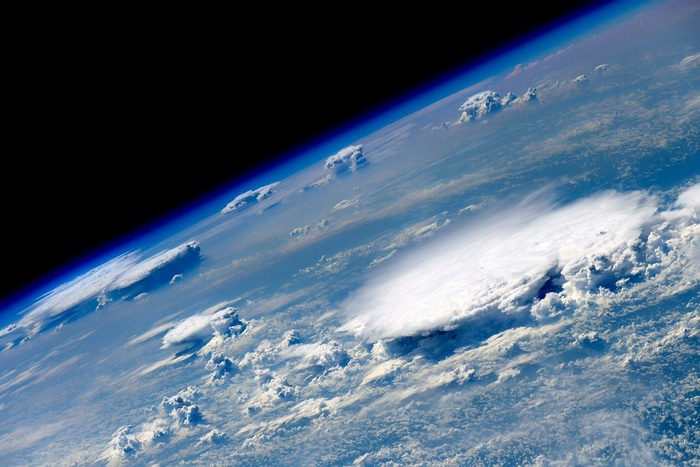First images from the new window on the world of the International Space Station (ISS): it is that of the Russian module Nauka, shown for the first time in a video by astronaut Oleg Novitskiy, after the docking and the unexpected ignition of the engines that eventually July had caused the orbiting station to spin unexpectedly.
“The first photos of our beautiful planet from the new window of the new Russian Nauka module.
Really beautiful! ”, Writes Novitskiy on his Twitter profile.
And immediately after he adds: “another short video of the opening of the window of the Nauka Multipurpose Laboratory, and enchanting views of the Earth.
Do you recognize these places?
Our journey begins! ”.
The Nauka module is the largest space laboratory ever put into orbit by Russia and a fundamental element for the partial 'renewal' of the Space Station: 13 meters long and 23 tons heavy, it guarantees a structure for scientific experiments, sleeping places, a new bathroom, a system for recycling urine into drinking water and generating oxygen for at least six people.
Another short video of how we opened the window of the #Nauka Multipurpose Laboratory Module, as well as fascinating views of the Earth.
Do you recognize these places?
Our journey begins!
pic.twitter.com/3Onzw62NGt
- Oleg Novitskiy (@novitskiy_iss) August 23, 2021
Nauka replaces the PIRS module, in orbit for over 20 years, removed last July 25 and burned in the impact with the Earth's atmosphere at the end of a controlled reentry.
With Nauka, ERA has also arrived on board the ISS, the 11-meter long European robotic arm that will be the first to be able to move along the Russian 'side' of the ISS to move loads up to 8,000 kilos with an accuracy of 5 millimeters and to provide assistance to astronauts engaged in extravehicular operations.

